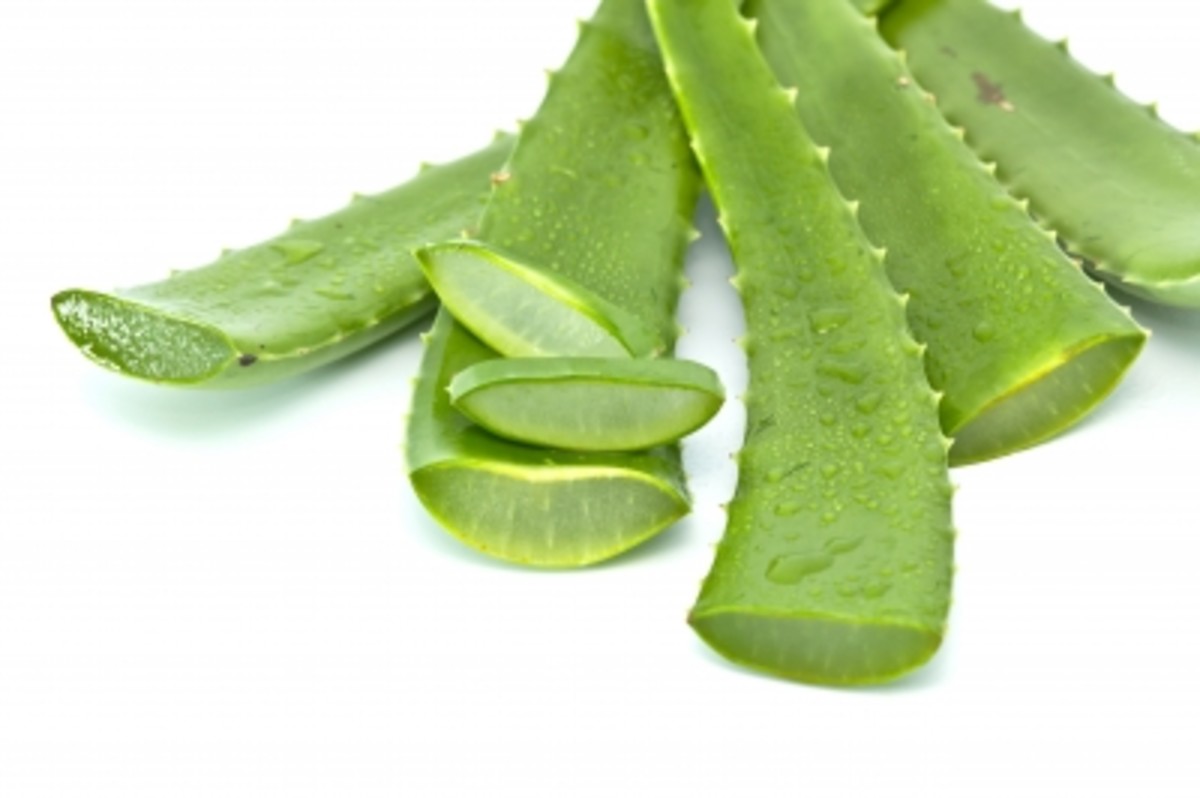
Aloe vera is a widely known plant and has been used for centuries for its medicinal properties. Recently, attention has been drawn to the differences between whole leaf aloe vera and the inner fillet. In this comprehensive guide, we’ll look at different aspects of both types and explain why one may be better suited to your needs than the other.
Whole Leaf Aloe Vera
Whole leaf aloe vera is made from the entire leaf of the plant, including both layers; the thick outer layer (the rind) and the inner gel-like layer. Both parts contain various nutrients and phytochemicals that support health benefits, however the nutrient composition varies slightly between them. The outer rind contains more fiber and can also help to reduce stomach acidity due to its bitter taste. The inner gel typically contains higher levels of vitamins A, B1, B2, B6, C and E as well as minerals like calcium and magnesium.
Benefits of Whole Leaf Aloe Vera
The most significant benefit of whole leaf aloe vera is that it provides all of the nutritional benefits mentioned above in one source rather than having to combine multiple ingredients or products in order to obtain a complete set of nutrients. Additionally, it’s high in antioxidants which can help protect our bodies from damage caused by free radicals found in our environment such as pollution or UV light exposure. It is also an anti-inflammatory which can help reduce swelling from injury or infection as well as provide relief from skin conditions like eczema while promoting skin healing and rejuvenation when topically applied. Lastly since it has a high water content it acts as a mild laxative helping with constipation or irregular bowel movements.
Inner Fillet Aloe Vera
Inner filet aloe vera refers to just the gel-like inner layer without any of the outer rind which serves primarily as a protective shield for the plant itself but does not contribute much for human health benefits aside from reduced acidity levels when eaten raw . This means that inner filet aloe vera will have a higher concentration of vitamins A, B1, B2, B6, C and E as well as minerals like calcium magnesium compared to whole leaf aloe vera.
Benefits of Inner Fillet Aloe Vera
Since it does not contain any of the outer protective rind layer it’s more easily digested by humans so you don’t get any stomach discomfort when drinking or eating it directly unlike if you were consuming whole leaf aloe vera where there could be some digestive upset due to ingesting excess indigestible fibers present in that form plus you get more concentrated nutrition since none of that beneficial content is wasted on digesting through an extra layer – making it ideal for people who need extra vitamins and minerals due to dietary restrictions or allergies/intolerances they may have preventing them from getting optimal nutrition elsewhere . It also can provide relief from skin conditions like eczema because it’s incredibly soothing when applied topically while promoting healing with its anti-inflammatory properties . Lastly , because there are no hard fibers present in pure inner fillet aloes , this form works best when incorporated into drinks , smoothies , shakes , etcetera without having chunky bits clogging up straws or kitchen appliances .
Comparison Between Whole Leaf & Inner Fillet Aloes
When deciding between using whole leaf aloes versus just plain pure inner fillets , think about what your specific needs are first – if you need fiber then go with whole leaves ! If you want convenience & easy absorption go with just pure gel only ! Also consider what recipes you plan on using your aloes in 1 ‐ some dishes require cooked forms while others prefer freshness so either way make sure your chosen product fits those criteria ! Last but not least take price into account – depending on where you shop organic pure inner files might be cheaper than organic wholed leaves so know exactly what you’re paying for !








